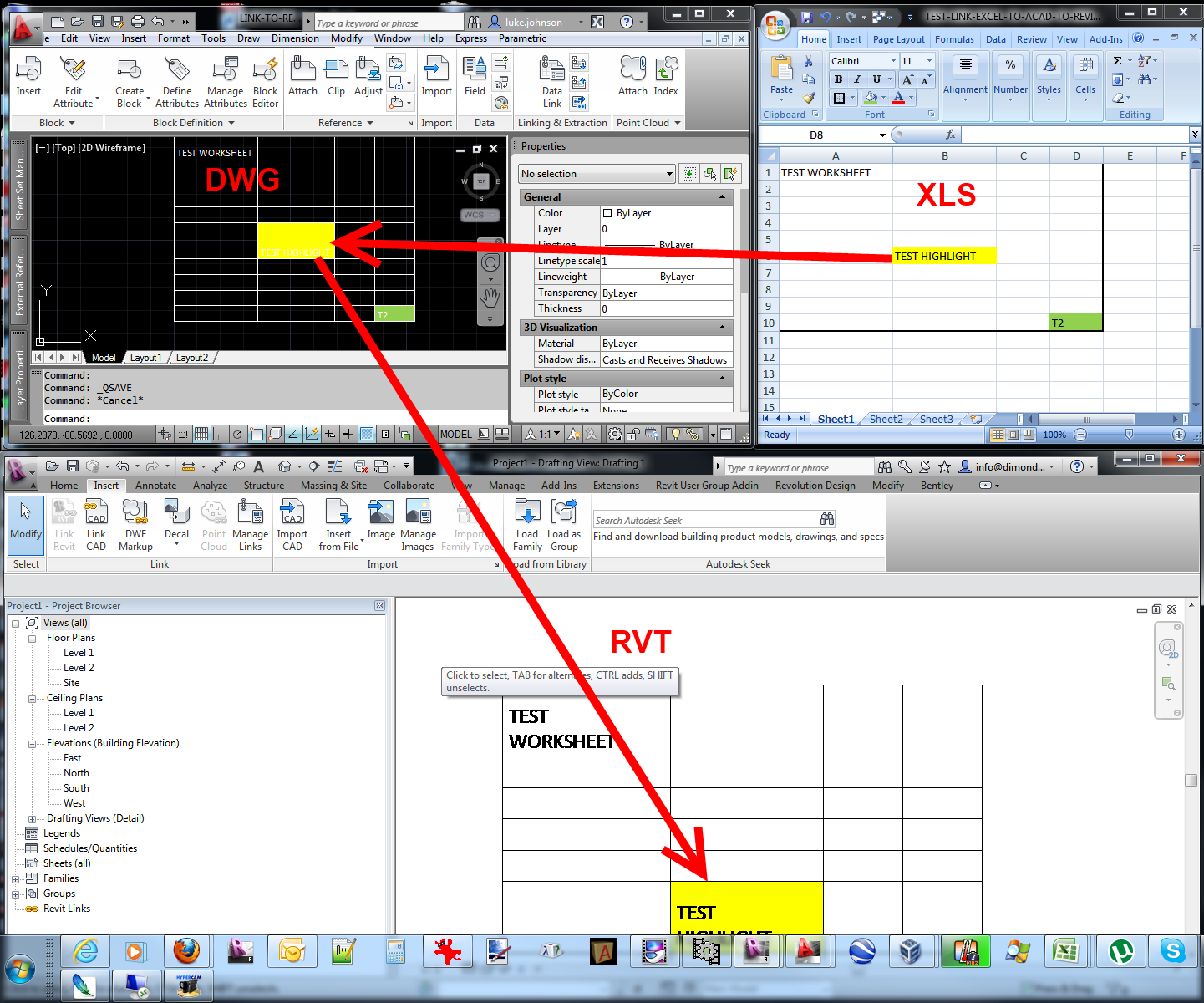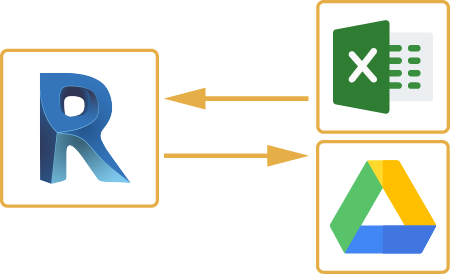Excel-to-Revit: A Game-Changing Workflow for Architectural Style - Revealing the Keys
Are you tired of investing hours on architectural design? Look no more! Presenting excel-to-revit, the game-changing operations that will certainly revolutionize your design process. With excel-to-revit combination, you can simplify your architectural style, unlock performance, and maximize collaboration within your team. In this short article, we will certainly introduce the keys of this effective device, revealing you how it can transform your style jobs. Get prepared to take your architectural style to the next level with excel-to-revit!
The Power of Excel-to-Revit Combination

Envision the comfort of being able to upgrade and modify project information in Excel, and quickly see those changes mirrored in your Revit design. Say goodbye to manual information entry or tedious updates. With Excel-to-Revit assimilation, you can conserve time and reduce mistakes by leveraging the power of Excel's functions and formulas to immediately generate precise data in Revit.
Not just does this combination improve performance, but it additionally improves cooperation among employee. You can conveniently share Excel data with associates, that can after that import the information into their Revit versions. This promotes a smooth exchange of information and makes sure that everyone is functioning with the most updated information.

Improving Architectural Layout With Excel-To-Revit
Streamlining architectural style is made simpler with the usage of Excel-to-Revit (revit tools). With this powerful combination, you can enhance your process and save useful time throughout the design process. By leveraging the capabilities of Excel and Revit, you can effortlessly transfer data in between the two systems, eliminating the requirement for manual information access and reducing the risk of errors
Excel-to-Revit permits you to import and export data effortlessly, allowing you to conveniently update and customize your building styles. You can develop schedules, determine amounts, and create reports in Excel, and then move that information directly right into your Revit version. This integration makes sure that your layout information is always updated and integrated, removing the demand for manual updates and decreasing the chances of incongruities.
By using Excel-to-Revit, you can also benefit from the powerful computational abilities of Excel. You can do intricate estimations, analyze data, and automate repeated tasks, all within Excel. With just a few clicks, you can import the outcomes back into Revit, enabling you to make educated layout choices and maximize your building layouts.
Opening Effectiveness: Checking Out the Excel-to-Revit Process
Maximize your performance by seamlessly incorporating Excel and Revit for an extra reliable process. With the Excel-to-Revit process, you can unlock a whole brand-new degree of effectiveness in your architectural design process. By using the power of Excel's data monitoring capacities and integrating it with the versatility and precision of Revit, you can streamline your layout procedure and save valuable time.
Among the crucial advantages of this assimilation is the capacity to import and export information between Excel and Revit. This means that you can conveniently move project details, such as space schedules or product quantities, from one software to the various other, getting rid of the need for hand-operated information entry and reducing the opportunities of errors. You can additionally produce customized formulas and computations in Excel my latest blog post to automate repetitive jobs and perform intricate computations, which can after that be effortlessly integrated right into your Revit models.
In Addition, the Excel-to-Revit process permits much better control and partnership in between staff member. With Excel acting as a main information hub, numerous team members can work with different facets of the project all at once, sharing and updating details in real-time. This not just improves communication yet additionally ensures that everybody is collaborating with one of the most up-to-date data, removing the danger of disparities.
Making The Most Of Cooperation: Excel-to-Revit for Architectural Teams
By perfectly integrating Excel and Revit, building groups can considerably enhance partnership and achieve more efficient layout end results. When utilizing this powerful workflow, you can conveniently move data between Excel spread sheets and Revit designs, improving the design procedure and improving communication amongst group members.
Furthermore, by leveraging Excel's effective computation capabilities, you can perform intricate computations and analysis on your layout data, driving and offering beneficial understandings informed decision-making. This assimilation likewise allows you to export information from Revit to Excel, enabling you to produce extensive records, charts, and charts for presentations and evaluation. This collective operations promotes reliable communication and coordination among group members, as Excel acts as a central center for data monitoring and sharing.
General, by welcoming the Excel-to-Revit process, building teams can accomplish higher levels of cooperation, effectiveness, and precision in their design procedure. revit plugins. This assimilation empowers teams to interact flawlessly, ensuring that everybody gets on the same web page and adding to the success of the discover this project
Revealing the Keys of Excel-to-Revit Integration

One of the tricks of Excel-to-Revit assimilation is the capacity to utilize the power of solutions and estimations in Excel to drive specifications and generate facility geometries in Revit. You can link Excel spread sheets to Revit households, allowing you to input data directly right into the spread sheet and have it immediately upgrade in the Revit design. This streamlines the style procedure and makes certain precision and consistency across the job.
One more key is the capacity to develop custom-made schedules and reports in Excel, utilizing information extracted from Revit. This permits you to analyze and envision task details in such a way that is not feasible within Revit alone. You can conveniently create amount take-offs, expense quotes, and job timelines, supplying useful insights for decision-making and job management.
Additionally, Excel-to-Revit integration enables efficient cooperation amongst employee. Multiple users can function on the very same Excel spread sheet all at once, making it less complicated to work with and track modifications. You can likewise use Excel's commenting feature to provide responses or interact style revisions.
Final Thought
By combining the power of Excel and Revit, architects can currently function extra successfully, conserve time, and create much better styles. Start incorporating excel-to-revit integration into your building layout procedure today and transform the way you work.
With simply a couple of clicks, you can import the results back into Revit, permitting you to make enlightened style decisions and optimize your architectural styles.
By making use of the power of Excel's data administration abilities and combining it with the adaptability and accuracy of Revit, you can improve your design procedure and save valuable time.
By seamlessly incorporating Excel and Revit, architectural groups can significantly improve cooperation and accomplish much more reliable style outcomes. When utilizing this powerful operations, you can quickly transfer news information between Excel spread sheets and Revit designs, streamlining the layout process and enhancing interaction among group members.Moreover, by leveraging Excel's powerful estimation capabilities, you can do complex estimations and analysis on your style data, driving and offering beneficial insights notified decision-making.